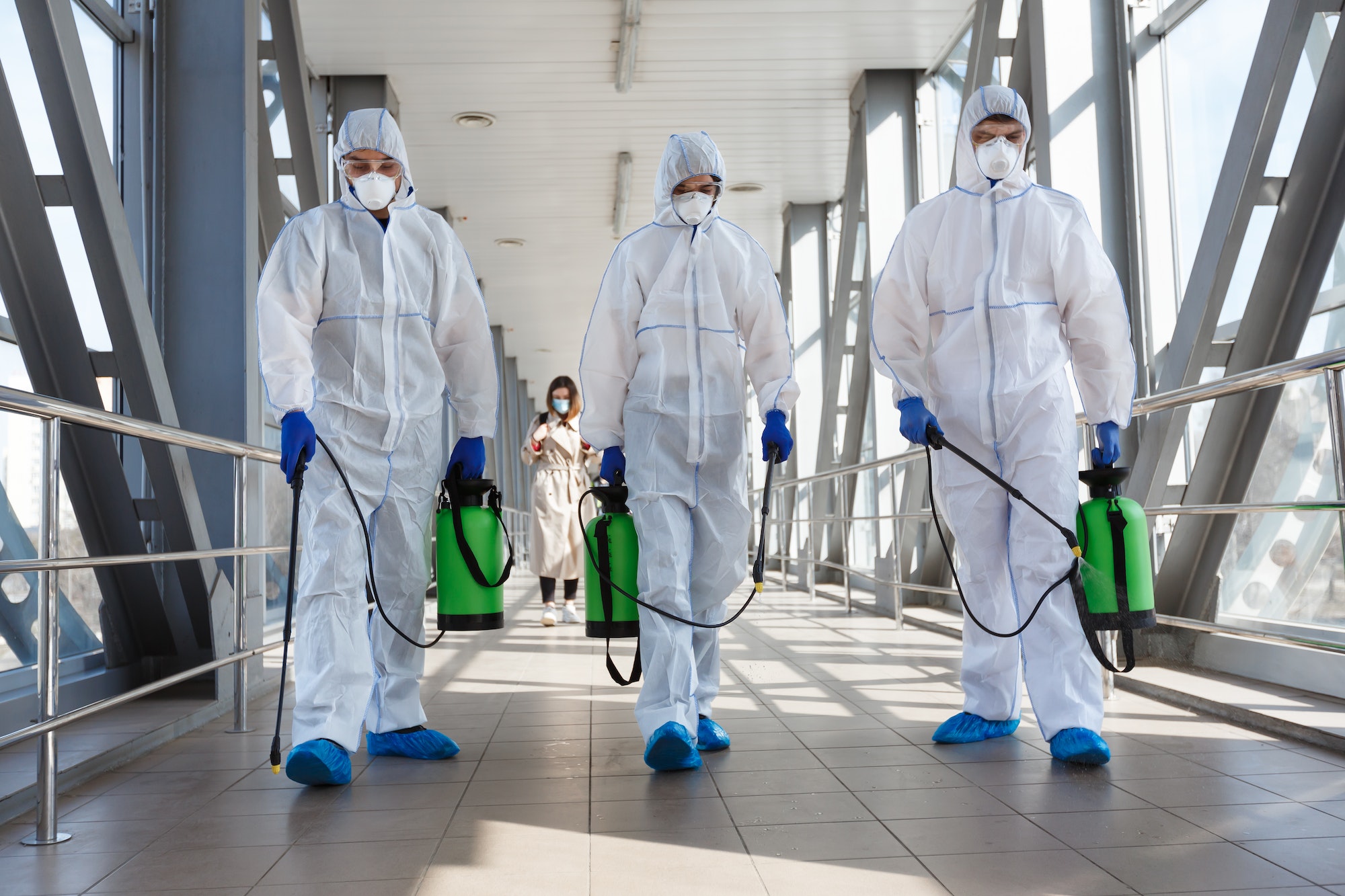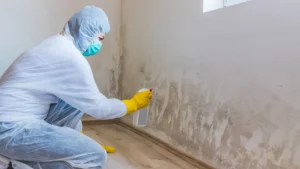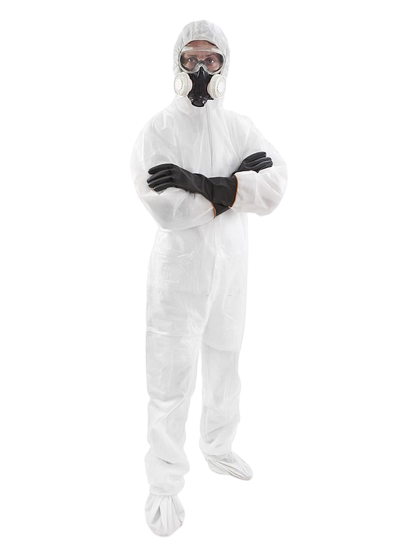The presence of contaminants, whether microbial, chemical, or physical, poses a significant threat to the safety and quality of our food supply. From the manufacturing floor to the restaurant kitchen, maintaining a clean and hygienic environment is crucial to safeguarding public health and consumer trust. In this comprehensive article, we delve into the importance of surface sampling and how it empowers organizations to uncover and address hidden contamination risks.
The Pivotal Role of Cleaning in the Food Industry
Cleaning is a fundamental process in the food industry, serving as the first line of defense against contaminants. It involves the removal of organic and inorganic matter, commonly referred to as “soil,” from surfaces and equipment. This “soil” can harbor a variety of microorganisms, including pathogenic bacteria, viruses, and spoilage organisms, which can compromise food safety and quality.
Inadequate cleaning can lead to the buildup of these contaminants, enabling them to thrive and potentially cross-contaminate food products. This not only poses health risks to consumers but can also result in financial losses due to reduced productivity, product recalls, and damage to brand reputation.
Regulatory Landscape and Industry Standards
The importance of cleaning in the food industry is underscored by a robust regulatory framework. In many countries, legislation such as the Food Safety Act and the Food Safety (General Food Hygiene) Regulations mandate that food premises must be kept clean and maintained in good repair. Failure to comply can result in severe penalties.
Beyond legal requirements, industry-led initiatives like the British Retail Consortium (BRC) Global Standard for Food Safety have further elevated the expectations for cleaning and sanitation. These standards require food manufacturers to verify the effectiveness of their cleaning processes, emphasizing the need for comprehensive monitoring and documentation.
Monitoring Cleaning Effectiveness: Microbiological and Non-Microbiological Approaches
Ensuring the efficacy of cleaning programs is a multifaceted challenge that requires a combination of microbiological and non-microbiological monitoring techniques. These methods provide valuable insights into the presence and levels of residual contaminants on surfaces, enabling organizations to make informed decisions about the effectiveness of their cleaning protocols.
Microbiological Sampling
Microbiological surface sampling, often conducted using swabs or sponges, allows for the detection and enumeration of viable microorganisms on surfaces. This approach can reveal the presence of pathogenic bacteria, spoilage organisms, and indicator microbes, providing a direct assessment of the hygienic status of the environment.
Non-Microbiological Sampling
Complementing the microbiological approach, non-microbiological methods focus on the detection of organic residues, such as food debris, allergens, and other contaminants. These techniques, which include visual assessment, protein assays, and ATP bioluminescence, offer rapid and cost-effective ways to evaluate the cleanliness of surfaces.
Developing a Comprehensive Monitoring Strategy
To effectively manage surface contamination, organizations should adopt a multi-faceted monitoring strategy that leverages both microbiological and non-microbiological techniques. This approach allows for a more holistic evaluation of cleaning effectiveness, enabling the identification of areas that require additional attention or improvement.
Establishing Baseline and Benchmark Levels
A crucial step in developing a monitoring strategy is to establish baseline and benchmark levels for acceptable cleanliness. These reference points, which can be determined through site-specific data collection and industry guidelines, serve as the foundation for evaluating the success of cleaning programs and identifying areas for improvement.
Targeted Sampling Locations
When implementing a monitoring program, it is essential to focus on high-risk and high-touch areas that are more susceptible to contamination. This may include food contact surfaces, hand-contact points, and hard-to-reach crevices, where contaminants can accumulate and potentially lead to cross-contamination.
Trend Analysis and Continuous Improvement
Monitoring data should be meticulously recorded and analyzed over time to identify trends and patterns. This information can be leveraged to optimize cleaning schedules, refine cleaning procedures, and implement targeted interventions in problematic areas. By embracing a continuous improvement mindset, organizations can enhance the overall effectiveness of their cleaning and sanitation programs.
Communicating Cleaning Efforts to Stakeholders
Effective communication with stakeholders, including property owners, regulatory authorities, and the local community, is crucial for building trust and ensuring the success of surface sampling and cleaning initiatives. Transparent reporting of monitoring results and remediation efforts can demonstrate a commitment to food safety and environmental responsibility.
Leveraging Data Visualization and Reporting
Advanced data visualization tools, such as real-time dashboards and interactive maps, can be employed to present complex monitoring data in a clear and compelling manner. By making this information readily accessible to stakeholders, organizations can foster a greater understanding of the cleaning challenges and the progress being made.
Engaging with the Community
In some cases, surface contamination may extend beyond the immediate premises, affecting the surrounding community. By proactively engaging with local residents and authorities, organizations can address concerns, provide updates on remediation efforts, and build trust through open and transparent communication.
Conclusion
Surface sampling is a powerful tool in the arsenal of food safety and quality management. By systematically monitoring the cleanliness of surfaces and equipment, organizations can uncover hidden contaminants, identify areas for improvement, and implement targeted interventions to safeguard the integrity of their food products. Through a comprehensive and data-driven approach to cleaning and sanitation, food manufacturers, retailers, and service providers can enhance consumer trust, ensure regulatory compliance, and contribute to the overall safety and quality of the food supply chain.
Frequently Asked Questions
1. Why is cleaning so critical in the food industry?
Cleaning is essential in the food industry to minimize the buildup of microbial contaminants, prevent cross-contamination, and ensure the safety and quality of food products. Inadequate cleaning can lead to the proliferation of pathogenic bacteria, viruses, and spoilage organisms, posing health risks to consumers and causing financial losses due to reduced productivity, product recalls, and brand reputation damage.
2. What are the key methods for monitoring the effectiveness of cleaning?
The food industry employs a combination of microbiological and non-microbiological techniques to assess the effectiveness of cleaning programs. Microbiological sampling, using swabs or sponges, detects and quantifies the presence of viable microorganisms on surfaces. Non-microbiological methods, such as visual assessment, protein assays, and ATP bioluminescence, focus on the detection of organic residues and contaminants.
3. How can organizations develop a comprehensive monitoring strategy?
To effectively manage surface contamination, organizations should adopt a multi-faceted monitoring strategy that integrates both microbiological and non-microbiological techniques. This approach involves establishing baseline and benchmark cleanliness levels, targeting high-risk and high-touch areas for sampling, and conducting trend analysis to identify areas for improvement and drive continuous optimization of cleaning programs.
4. Why is effective communication with stakeholders important in surface sampling and cleaning initiatives?
Effective communication with stakeholders, including property owners, regulatory authorities, and the local community, is crucial for building trust and ensuring the success of surface sampling and cleaning initiatives. Transparent reporting of monitoring results and remediation efforts can demonstrate a commitment to food safety and environmental responsibility, addressing concerns and fostering collaborative solutions.
5. How can data visualization and reporting tools enhance the communication of cleaning efforts?
Advanced data visualization tools, such as real-time dashboards and interactive maps, can be employed to present complex monitoring data in a clear and compelling manner. By making this information readily accessible to stakeholders, organizations can foster a greater understanding of the cleaning challenges and the progress being made, facilitating informed decision-making and collaborative problem-solving.





